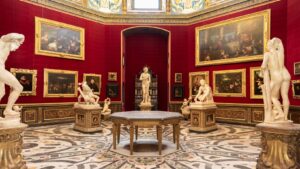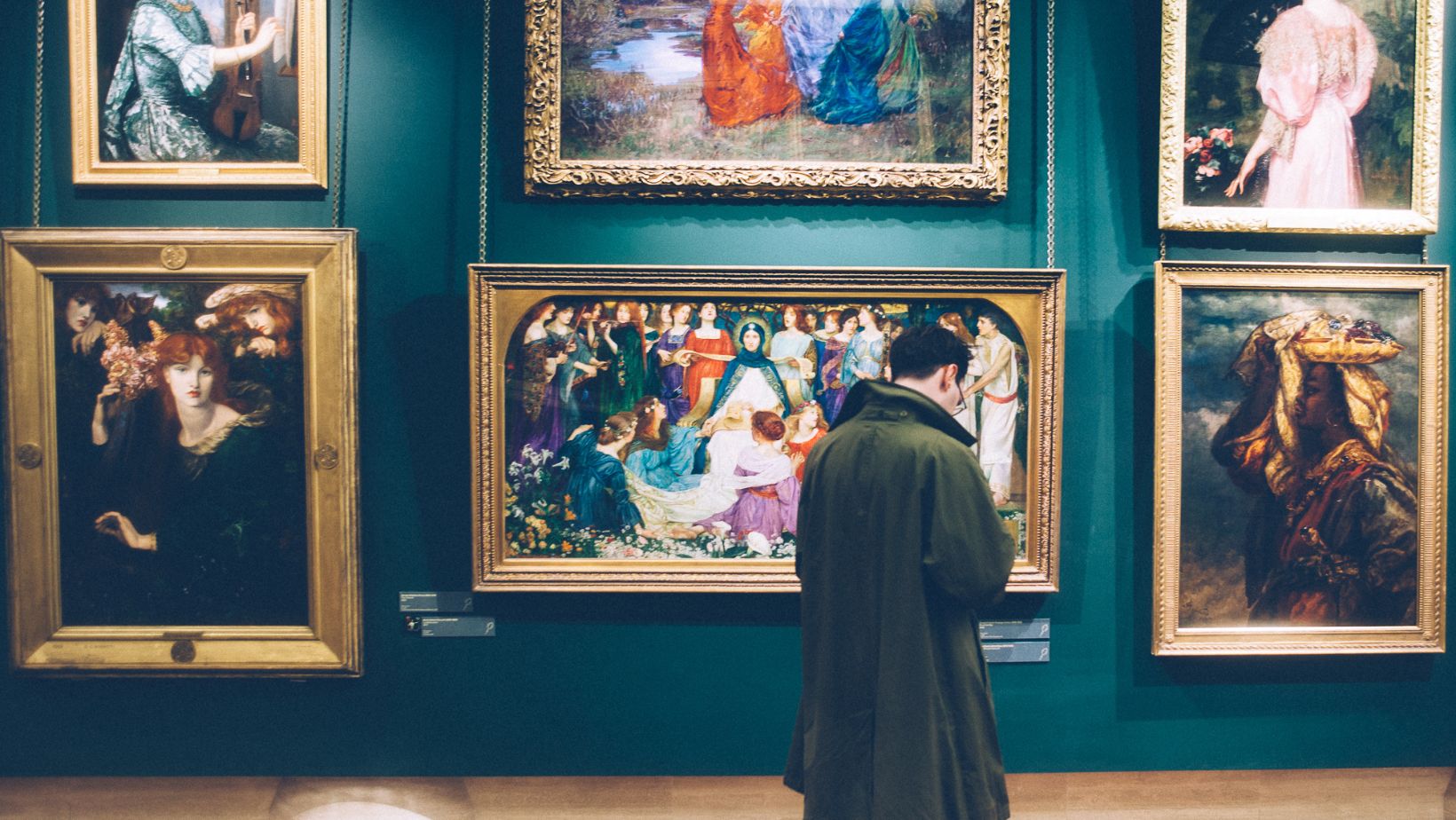The-Art World Art Galleries
The world of art galleries is a vibrant and dynamic realm where creativity meets commerce. These spaces serve as the heart of the art community, showcasing a diverse range of works from emerging talents to established masters. Art galleries not only provide a platform for artists to display their creations but also play a crucial role in shaping cultural trends and influencing the art market.

The-Art World Art Galleries act as gatekeepers in the art market, offering a platform for artists to gain visibility and reach collectors. They curate exhibitions that highlight diverse artistic expressions and narratives. Through these curated displays, galleries shape public perception and understanding of contemporary art.
Professional galleries connect artists with collectors, museums, and other institutions. By fostering these relationships, they contribute to the commercial success of artists. Galleries also play a crucial role in determining artwork value through strategic pricing and market positioning.
Educational programs and events organized by galleries enrich community engagement. They provide opportunities for dialogue between artists and audiences, enhancing art appreciation and knowledge. In addition to physical exhibitions, many galleries leverage digital platforms to extend their reach and impact, facilitating global access to art and artists.
Famous Galleries Around The World
Art galleries serve as cultural beacons, showcasing masterpieces from diverse eras. Each renowned gallery offers a unique glimpse into history and creativity. The Louvre in Paris stands as the world’s largest art museum, housing over 380,000 objects. Established in 1793, it features iconic works like the Mona Lisa and the Venus de Milo. Visitors experience an extensive collection that spans prehistory to the 21st century. Historically a royal palace, the Louvre transformed into a museum during the French Revolution, reflecting the nation’s rich cultural heritage.

Founded in 1870, the Metropolitan Museum of Art in New York offers an expansive collection of over two million works. The museum, commonly known as the Met, includes pieces from classical antiquity to modern times. Its three locations, the Met Fifth Avenue, the Met Breuer, and the Met Cloisters, feature various exhibitions, presenting artworks from different cultures and time periods. The Met remains pivotal in art education and preservation.
The National Gallery in London, established in 1824, boasts a collection of over 2,300 paintings. Located in Trafalgar Square, it presents Western European artwork from the 13th to the 19th centuries. Masterpieces by Van Gogh, Da Vinci, and Turner fill its halls, attracting millions of visitors annually. With free public admission, the gallery prioritizes accessibility while maintaining its role in art conservation and research.
Emerging Trends In The The-Art World Art Galleries
Art galleries are embracing change by evolving alongside contemporary culture. This shift marks a dynamic turn in how galleries display, interact with, and interpret art. Contemporary art is dominating gallery focus, reflecting current social issues and innovation. Galleries are prioritizing works that challenge traditional boundaries and foster dialogue about modern-day concerns. Many galleries support avant-garde artists, offering platforms for experimental mediums like digital art and mixed media installations. This focus not only attracts diverse audiences but also elevates conversations around the ever-evolving art landscape.

Digital platforms revolutionize gallery operations, offering virtual exhibitions that extend reach beyond physical limitations. These virtual spaces allow global audiences to engage with art through interactive and immersive experiences. Technologies like augmented reality (AR) and virtual reality (VR) provide ways for viewers to explore artworks in-depth from remote locations. This digital shift enhances accessibility and offers artists new avenues for expression, creating broader connections within the art community.
Art galleries stand as vital pillars within the art world, bridging creativity and commerce while fostering cultural dialogue. They not only showcase diverse artworks but also influence market trends and public perception. As digital platforms reshape the landscape, galleries adapt by offering virtual experiences that broaden access and engagement. Despite challenges like financial sustainability and technological demands, galleries continue to thrive by diversifying revenue and embracing innovation. Their role as gatekeepers and trendsetters remains crucial, shaping the future of art appreciation and market dynamics. The The-Art World Art Galleries are more than exhibition spaces; they are dynamic cultural beacons that enrich communities globally.

